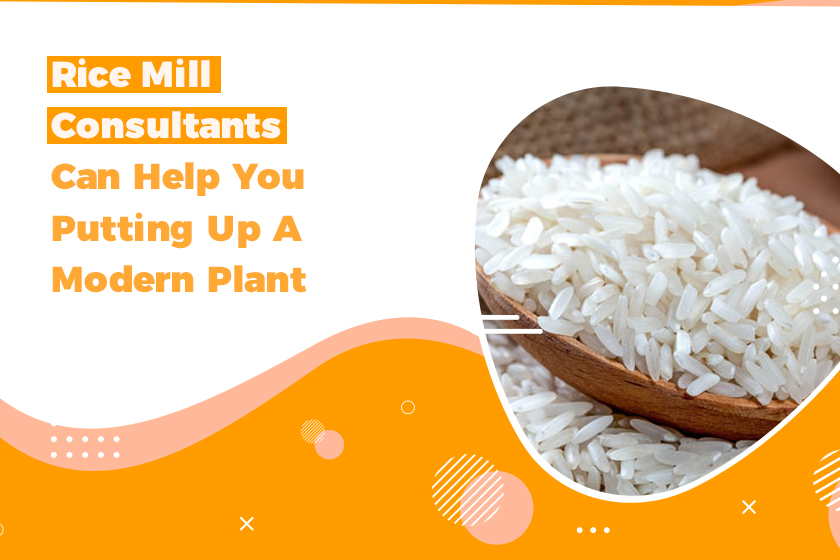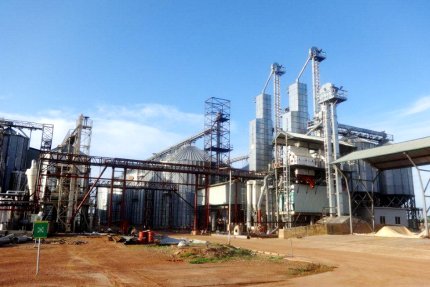The contemporary world is shifting away from processed, ready-made meals in favour of healthier, more natural alternatives. One method for doing this is to mill your grains at home. Grain milling has been used for millennia and is still in use today. Grain Milling Solutions have several benefits, which is why they remain popular. Grain Milling Solutions provide several benefits to individuals in the agriculture business. This blog article will discuss some advantages of adopting grain milling systems, such as improved efficiency and production. The following are some of the benefits of grain milling solutions:
- Better nutrient absorption
When grains are milled, the protective outer covering of the grain is broken down, making it harder for the body to absorb the nutrients—milling the grains aids in the absorption of nutrients by the body. Milling grains break down the rough, fibrous components of the grain, making them simpler to digest. Milled grains are less prone to produce digestive issues such as gas and bloating. Reduced blood sugar levels: Because whole grains break down slowly into sugar, they significantly influence blood sugar levels more than processed carbohydrates. This is particularly advantageous for persons who have diabetes or insulin resistance. Grain milling solutions may also improve heart health, weight reduction, and the environment.
- Better digestion
Grain Milling Solutions may also aid in digestion. Grain milling breaks down carbs and fibre, making them more straightforward for the body to digest. Grain milling solutions aid digestion by breaking down the plant cell walls of grains, allowing the body to absorb nutrients more efficiently. Reduced inflammation: By breaking down gluten and other inflammatory proteins present in wheat, grain milling solutions may help to reduce inflammation throughout the body. Recovery from stomach problems it may also help with digestive problems, including celiac disease, irritable bowel syndrome, and Crohn's disease.
- Grain that is more uniformly cooked
Milled grains cook more uniformly, resulting in superior taste and texture. When milled grains are exposed to more heat, which helps them cook more evenly. Grain milling systems provide more uniformly cooked grains, which may be advantageous for several reasons. For one thing, uniformly cooked grains are more digestible and less likely to cause stomach troubles. Furthermore, uniformly cooked grains are less likely to contain dangerous chemicals that might cause foodborne sickness. Finally, uniformly cooked grains taste better and are more delightful to consume. However, there are very few drawbacks to grain grinding technologies. One disadvantage is that they are often more costly than conventional cooking techniques.
- Improved flavour
The process of grinding grains also helps to enhance their taste. Milling grains helps to release essential oils and minerals, which may enhance grain taste. One of the critical benefits of grain milling is that it may improve the taste of flour and other food products. Milling may liberate trapped oils and other tasty ingredients that would otherwise be difficult to obtain. This might result in a stronger-flavoured final product. Nutritional enhancements another benefit of grain milling it might provide. Milling may aid in the digestion of difficult-to-digest components in grains, making them more accessible to the body.
- Improved baking outcomes
Grain Milling Solutions may improve baking outcomes by finely grinding flour. This causes more regular contact between the flour and water, resulting in a more consistent dough and better baking outcomes. Grain milling solutions may also aid in boosting flour's nutritional value. The nutrients in flour are better released and absorbed by the body when it is milled finer. This implies that consuming flour milled using grain milling solutions will provide you with additional vitamins and minerals.
- Conclusion
Grain Milling Solutions offers several benefits to the agriculture business. One of its key features is that it provides consistent grind quality. It implies that farmers can consistently provide a product that fits the demands of their customers. Furthermore, grain milling may assist in extending the shelf life of items by grinding them to the proper size. This may assist in decreasing waste and enhance the agriculture industry’s overall efficiency.
 MAIL US :
MAIL US :
 CALL US :
>
CALL US :
>


